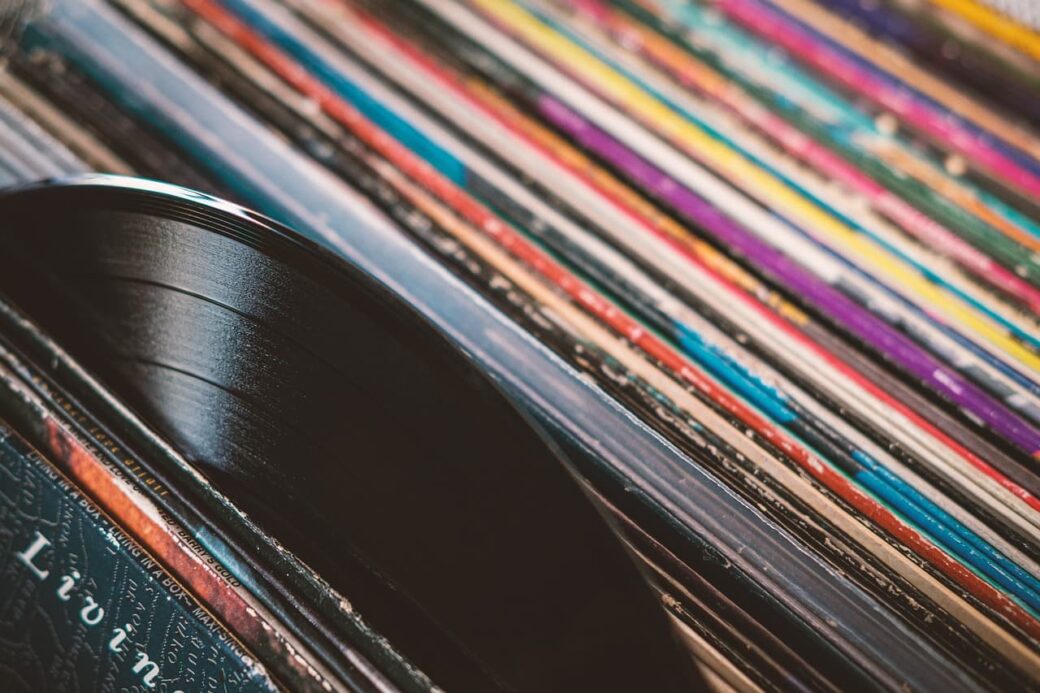
In an era dominated by digital streaming and instant downloads, it may seem surprising that vinyl records – a technology once considered obsolete – are experiencing a remarkable resurgence. What is driving the revival of this classic format? Is it mere nostalgia, or is there something deeper behind the vinyl renaissance? As we’ll explore in this article, the answer lies in a combination of factors that continue to make vinyl relevant and even highly sought after in today’s music landscape.
A Unique Sound Experience: The Warmth of Vinyl
One of the most frequently cited reasons for vinyl’s enduring appeal is its sound quality. Vinyl records deliver a unique, warm, and rich sound that digital formats struggle to replicate. For audiophiles, it’s not just about what you hear – it’s about how you hear it. The analogue nature of vinyl means that the music is reproduced in a continuous waveform, offering a fuller sound with a wider dynamic range.
In contrast, digital formats, particularly compressed ones like MP3s, can lose some of the finer details in the audio. The cracks and pops of a well-loved vinyl record, while technically imperfections, also add character and a sense of authenticity. In a world where so much is polished and perfected, these imperfections are often cherished. Collectors and casual listeners alike have come to appreciate the tangible connection to the music that vinyl offers, enhancing the overall listening experience.
Nostalgia and Tangibility: The Art of Vinyl Collecting
Beyond sound quality, vinyl’s appeal is also deeply rooted in nostalgia and the tactile experience it provides. Unlike digital music, which exists only in the abstract world of data and streams, vinyl records are physical objects. They have weight, texture, and artwork that can be admired and appreciated. Each vinyl record tells a story – not just through its music but through its sleeve design, liner notes, and even the wear and tear that it acquires over time.
For many, collecting vinyl is not just about owning music; it’s about owning a piece of cultural history. Vinyl records carry a sense of permanence and value that digital files cannot match. They represent a time when music was something you purchased, displayed, and cherished. In the digital age, where songs can be instantly streamed or skipped, vinyl provides a slower, more deliberate way to engage with music. This connection to the past is particularly meaningful to younger generations, who see vinyl as a way to reconnect with an era they never experienced firsthand.
Vinyl in the Modern Age: A Format That Stands the Test of Time

While vinyl may seem like a relic of the past, its resurgence in the modern age speaks volumes about its lasting relevance. Vinyl sales have been steadily increasing for more than a decade, and in some markets, vinyl has even outsold CDs – a format once hailed as the future of music. This resurgence isn’t limited to older listeners or those seeking nostalgia. Younger audiences, who grew up in the digital age, are also driving this trend.
Many contemporary artists now release their music on vinyl, alongside digital formats. From indie bands to mainstream pop stars, offering vinyl editions of albums has become a way to add value and appeal to fans who crave more than just a download. Vinyl pressings often come with bonus tracks, exclusive artwork, or limited-edition releases, further fuelling the desire to own these tangible pieces of music history.
The shift towards vinyl also reflects broader trends in consumer behaviour. In a time when everything is available at the click of a button, people are starting to value experiences over convenience. Owning a vinyl record – and the ritual of playing it – is an experience in itself. From carefully removing the record from its sleeve to placing it on the turntable and dropping the needle, listening to vinyl requires attention and care. It’s an intentional act, one that contrasts sharply with the passive nature of streaming.
The Future of Vinyl: Here to Stay?
While it’s impossible to predict the future of any format, vinyl has proven its resilience in an ever-changing industry. What started as a niche hobby for collectors has now blossomed into a mainstream trend, and the continued growth of vinyl sales suggests that its revival is far from over.
As long as there are people who appreciate the craftsmanship, sound quality, and cultural significance of vinyl, it’s likely to remain a relevant and respected format. In fact, vinyl’s resurgence serves as a reminder that not all advancements are about moving forward. Sometimes, looking back can reveal what we’ve been missing all along.
Conclusion: Why Vinyl Matters Today
In a world where music is often disposable and intangible, vinyl records offer a counterbalance. Their rich sound, tangible nature, and connection to history make them more than just a format – they are a way of experiencing music that feels personal and meaningful. As we move deeper into the digital age, vinyl reminds us that some things, no matter how old, can still have a place in our modern lives. The revival of vinyl is not just about the past; it’s about appreciating the timeless qualities that make music such an integral part of human culture.





